At the heart of any successful construction project lies a set of well-functioning tools and equipment. With numerous tasks to perform and deadlines to meet, construction work gear is pushed to its limits day in and day out. Therefore, keeping them in top-notch condition is non-negotiable. It's not just about minimizing monetary investment but also ensuring the highest levels of safety and efficiency on the project site. The introductory section of this article primes the reader to delve deeper into best practices for maintaining your construction work gear, which, when regularly implemented, can significantly impact the outcomes of your laborious projects.
Importance of Regular Maintenance
Safety Considerations
Maintenance is more than just ensuring a clean, polished environment. It's about fortifying a consistently safe environment for everyone involved. The safety protocols in any operational system, whether it's a vehicle, a home, or a manufacturing plant, hinge heavily on regular check-ups and maintenance. A simple check involving the tightening of screws can circumvent potential mishaps that could have otherwise arisen from overlooked loose parts.
For instance, well-maintained Safety Construction Gear can exponentially decrease workplace accidents. It enhances the level of protection, providing workers the confidence to execute their tasks without being constantly weary of imminent danger.
Lifespan Optimization
Routine checks and consistent maintenance are also catalysts for enhancing the lifespan of any equipment. Devising efficient preventative strategies, such as regular cleaning, oiling, greasing, part replacement, can result in extending the lifespan of equipment by up to 25%. Imagine if your car, your computer, your home appliances could all last a quarter longer than their standard lifespan, it would certainly translate into significant savings over time.
Operational Efficiency
Improving the efficiency of any operation is always a target of any management process. Regular maintenance plays a significant role in achieving this objective. It enables equipment to perform at their optimal levels, aiding productivity and ensuring tasks are accomplished smoothly. More often than not, equipment failures happen at the least opportune moments, leading to unexpected downtime and losses. However, this disruptive scenario can be averted through a consistent maintenance routine.
In summary, the importance of regular maintenance should never be underestimated. Not only does it enhance safety and improve operational efficiency, it also amplifies the lifespan of equipment, leading to considerable cost savings in the long run. This small but significant investment of time and resources reaps multiple benefits that impact all corners of an operation.
Preventive Maintenance Strategies
Harnessing the power of preventive maintenance can have transformative effects on your equipment's lifespan and efficiency. This reliable method not only prolongs the lifetime of your assets, but it also greatly reduces costs associated with sudden repairs and replacements. Let's dive into three key preventive maintenance strategies: routine inspections, implementing a cleaning protocol, and proactive replacement of worn-out parts.
Routine Inspections
Routine inspections are a crucial aspect of preventive maintenance, acting as the first line of defense against untimely breakdowns. These inspections, conducted daily or before every shift, aim to identify early signs of wear and tear that, if left unchecked, could lead to major issues down the line. Instead of waiting for a problem to arise, conducting routine inspections allows you to address potential issues before they escalate. This proactive approach ensures your machines are functioning at their best and helps you avoid costly, unexpected repairs.
Cleaning Protocol
Maintaining a clean work environment isn't just about appearance. Believe it or not, implementing a regular cleaning protocol can decrease repair costs by as much as 30% over time. Clean equipment runs smoother and lasts longer, thereby improving productivity and efficiency. Regular cleaning removes dust, oils, and other byproducts that can harm your equipment's performance. So, before you shrug off cleaning as a mundane task, remember: a regular clean-up regimen is an investment in your business's longevity and prosperity.
Proactive Replacement of Worn-Out Parts
Last but not least, proactive replacement of worn-out parts is a significant preventive maintenance strategy. Aging parts can make your equipment more prone to malfunctions or complete system failure. Timely replacements prevent these unexpected malfunctions, thus ensuring smoother project timelines. Instead of reacting to a breakdown, which can cause expensive delays and hurt your operational effectiveness, anticipating potential issues and taking action in advance allows for seamless operations and overall improved asset performance.
Implementing these preventive maintenance strategies can significantly improve your assets' reliability and lifespan. Plus, this proactive approach can lead to significant cost savings in the long run by simply avoiding the inconvenience and unexpected expenses that come with sudden breakdowns. Embrace these strategies and witness the transformative impact on your overall operations.
Specific Maintenance Tasks
Keeping a sturdy and functional machine isn't all about buying the best model; it's also about how appropriately you maintain it. You wouldn't want to end up with a rusty, grumpy old machine just because you skipped several maintenance practices, would you? Just like any other operational device, even the best model machines can trip and fall if not well maintained. Luckily, there are three key areas you can focus on to ensure your machine is always in top shape: air filter maintenance, oil changes and lubrication, and checking hydraulic fluid levels.
Air Filter Maintenance
Did you know that air filter maintenance is essential for your machine’s longevity and reliability? Think of the air filter as your device’s lungs, literally! Your machine breathes, and it needs clean air to function effectively. Clogged or dirty air filters can lead to decreased performance and, in severe cases, damage to the machine. Regular checks and cleaning or replacing your air filter can help to keep the machine's internal components dust-free and running smoothly.
Oil Changes and Lubrication
Next on our list is oil changing and lubrication, which are just as crucial. Picture it this way; just as the blood in your body keeps the heart pumping, the oil in your machine is what keeps its engine roaring. Regular oil changes can ensure smooth running. Otherwise, the oil sludge that builds up with time can lead to poor lubrication. That's not a pretty sight: moving parts grinding against each other produces heat and wear, which can lead to significant engine damage. So, consistent oil changes and lubrication are not negotiable if you want to keep your machine alive and kicking!
Checking Hydraulic Fluid Levels
Lastly, let’s talk about the hydraulic fluid levels. Don’t wait until you're hit by noticeably sluggish performance or erratic hydraulic movements to inspect these levels. Regular inspection ensures optimal functionality and prevents potential internal damage to the hydraulic system. Keep an eye and ear out for any abnormalities as they can indicate low fluid levels. Remember, an ounce of prevention is worth a pound of cure!
So, that's it! Three simple, yet essential, maintenance tasks anyone can do to ensure their machine keeps performing at its best. When it comes to expensive machines, no maintenance task should ever be skipped. Remember - your machine is only as good as how well you maintain it. Give it the care it deserves, and it will surely reward you with stellar performance, longevity, and reliability.
Education and Training for Equipment Operators
In the world of machinery, equipment operators lie at the very crux. With their skilled hands, they run the heavy-duty engines that power construction sites, factories, and a multitude of other industrial environments. However, becoming skilled at operating this complex machinery doesn't happen overnight; it necessitates comprehensive education and rigorous training. And it's not just about the 'how'; knowing the 'why' and 'when' of operating equipment can make a significant difference in creating an efficient and safe working environment.
From handling front loaders to mastering hydraulic excavators, the educational journey of an equipment operator takes them through an in-depth understanding of various machinery. The learning curve includes acquiring knowledge of machine mechanics, operating techniques, safety protocols, and preventive maintenance strategies.
Emphasizing these key aspects in the education of equipment operators can play a significant role:
- Machine Mechanics: Operators should have a rudimentary understanding of the machines they're handling. Exploring the equipment's inner workings helps build a foundation for proper operation and troubleshooting, leading to fewer operational errors and breakdowns.
- Operating Techniques: The effective operation of machinery requires mastering specific techniques. Operators must learn how to leverage machine strengths and maintain control in various situations to achieve optimal output.
- Safety Protocols: Working in a machinery environment comes with inherent risks. Therefore, it's vital to ensure operators are educated on all the relevant safety protocols to minimize accidents and create a safer workspace.
- Preventive Maintenance: Knowledge of preventive maintenance can extend machine life and reduce downtime due to repairs. The operators' awareness of signs of wear and tear and the ability to carry out routine checks can prove to be invaluable.
At the end of the day, remember: "An educated and well-trained operator is not just an asset but a necessity."
Equip your operators with the right education and training, and you’ll see it reflected in your productivity, safety, and efficiency. After all, nurturing the human element behind the machines is key to ensuring smooth operations. Equip them to equip you!
Site-Specific Safety Plan (SSSP)
In the field of construction, the Site-Specific Safety Plan (SSSP) dutifully stands as the cornerstone of workplace safety. This comprehensive strategy meticulously decodes the spectrum of onsite risks and provides tailored solutions to address the unique challenges presented by each construction site. The symbolic initials, SSSP, pay homage to the core principles of this plan—specificity, safety, and proactiveness.
Importantly, the effectiveness of SSSP depends largely on two elements:
- Detailed site analysis
- Inclusive employee education
Analyzing potential hazards and risks unique to a site are the first steps undertaken within an SSSP. This analysis ensures that each safety plan is not a mere generic guide, but a specific solution, tailored to accommodate the site's distinct characteristics.
On the other hand, what is the best safety plan without the right implementation? This brings us to the second pillar—employee education. A key aspect that significantly sets SSSP apart is its focus on empowering each member of the team with a clear understanding of safety measures.
"Knowledge is power," they say, and quite fittingly, SSSP invests in its primary asset—its workforce.
But of course, one might ask, "What does this understanding bring to the table?"
Quite simply, a well-informed workforce translates into mindful utilization of gear and equipment. A valuable lesson often emphasized by SSSP is the importance of regular gear and equipment maintenance. In crafting this understanding, SSSP ensures workers recognize not only the functionality but the life-saving potential of these tools.
Remember, in essence, SSSP is not merely a set of rules—it's a workplace safety philosophy that stands tall on the pillars of site specificity and employee education. It showcases the importance of individual accountability and collective care in constructing a secure and efficient work environment. The construction sector, continually committed to minimizing onsite risks, must adopt and adhere to the principles of this impressive, site-specific safety plan. With SSSP, safety isn't a luxury—it's a standard.
Storage and Repair Kit for Construction Gear
Keeping construction gear in good condition is more than just a matter of maintenance -- it contributes significantly to worker safety, productivity, and cost efficiency. Essential to this mission are two crucial elements: proper storage practices and a handy repair kit. Hence, this article will guide you through the importance of both, providing insightful tips along the way.
Proper Storage Practices
Storing your equipment correctly can prevent unnecessary wear and tear, potentially lowering the rate of equipment deterioration by up to 20%. Impressive, isn't it? But how do we achieve this? Let's divvy up the process into bite-sized points:
- Clean Before Storing: Always cleaning your gear before storage ensures no grime or dirt accelerates erosion.
- Controlled Environment: Invest in a dry, temperature-controlled area to protect your tools from harsh weather conditions.
- Maintain Organization: A well-ordered storage space prevents accidents and makes it easier to locate individual tools.
- Proactive Measures: Regular checks for signs of rust or other damage can help tackle issues early, preventing further escalation.
Just as your Comfortable Work Gear boosts productivity, these storage guidelines will extend your gear's longevity, saving costs in the long run.
Keeping a Repair Kit Handy
A repair kit is not just a box of tools; it's an investment in ensuring the consistent operation of your gear, which equates to uninterrupted workflow. Immediate fixes can put a halt to minor yet escalating issues, so let's see what makes a promising repair kit:
- Essential Tools: Screwdrivers, wrenches, pliers, and a multimeter are the basics of any repair toolkit.
- Replacement Elements: Spare parts such as nuts, bolts, and washers come in handy for quick fixes.
- Regular Updates: Keep updating the kit with newer tools and parts as your gear collection expands.
Having a kit ready with proper storage practices fosters a robust system where gear sustains less damage and can be quickly repaired if needed. It's not just a matter of organization; it's a commitment to quality, cost-effectiveness, and worker safety.
The next time you think about your construction gear, assess your storage strategy and repair kit. Remember, small changes in these areas can lead to substantial impacts.
Conclusion
When it comes to maintaining your construction work gear, every step, from regular checks to cleaning and prompt replacements, is vital. Not only does it ensure optimal functionality, but it also correlates directly with safety on your worksites.
For instance, products like the precision-crafted chainsaw safety pants from Rain Gear Pro are built to last. They tackle potential hazards such as the notorious crotch blowout effortlessly, providing both comfort and protection.
Remember, a well-maintained piece of gear is as good as a trusted colleague in the field. Committing to regular maintenance routines and investing in quality work gear will help provide a safe and productive environment on your construction site.
Finally, remember that education and training on maintenance practices are equally important as the tasks themselves. It ensures that your team members understand their roles in preventing accidents and keeping the gear at its best for a prolonged period. Regular updates of Site-Specific Safety Plans (SSSP) are also recommended to take into account changes in construction sites, technologies, and best practices in the industry.
In the long run, these practices help to extend the lifespan of your gear, optimize operational efficiency, and contribute to a safer workplace. There's no greater downturn on productivity than having faulty work gear on-site. Hence, regular maintenance is undeniably the key to a successful construction project.
Equipping yourself and your team with high-quality gear and the knowledge of best maintenance practices is an investment. But, it’s one that delivers high returns in the form of safety and efficiency— elements at the very core of the construction profession.
Frequently Asked Questions
-
How often should I clean my construction work gear?
It is recommended to clean your construction work gear after each use to remove dirt, debris, and any potential contaminants. This helps prolong the lifespan of the gear and ensures its effectiveness in providing protection.
-
Can I machine wash my construction work gear?
It depends on the specific gear. Some construction work gear, such as gloves, can be machine washed. However, for items like hard hats or safety harnesses, it is best to follow the manufacturer's instructions for cleaning to ensure their integrity and effectiveness.
-
How should I store my construction work gear?
Store your construction work gear in a clean, dry, and well-ventilated area. Keep them away from direct sunlight and extreme temperatures. Use proper storage solutions such as hooks, racks, or designated containers to prevent damage or misplacement.
-
When should I replace my construction work gear?
Construction work gear should be replaced if it shows signs of wear and tear, such as cracks, fraying, or damaged straps. Additionally, if the gear no longer meets regulatory standards or is no longer effective in providing protection, it should be replaced.
-
Are there any specific maintenance requirements for safety footwear?
Yes, safety footwear should be regularly inspected for any damage or wear. Clean them by removing dirt and debris and use appropriate products recommended by the manufacturer. Replace worn out or damaged safety footwear to ensure optimal protection.

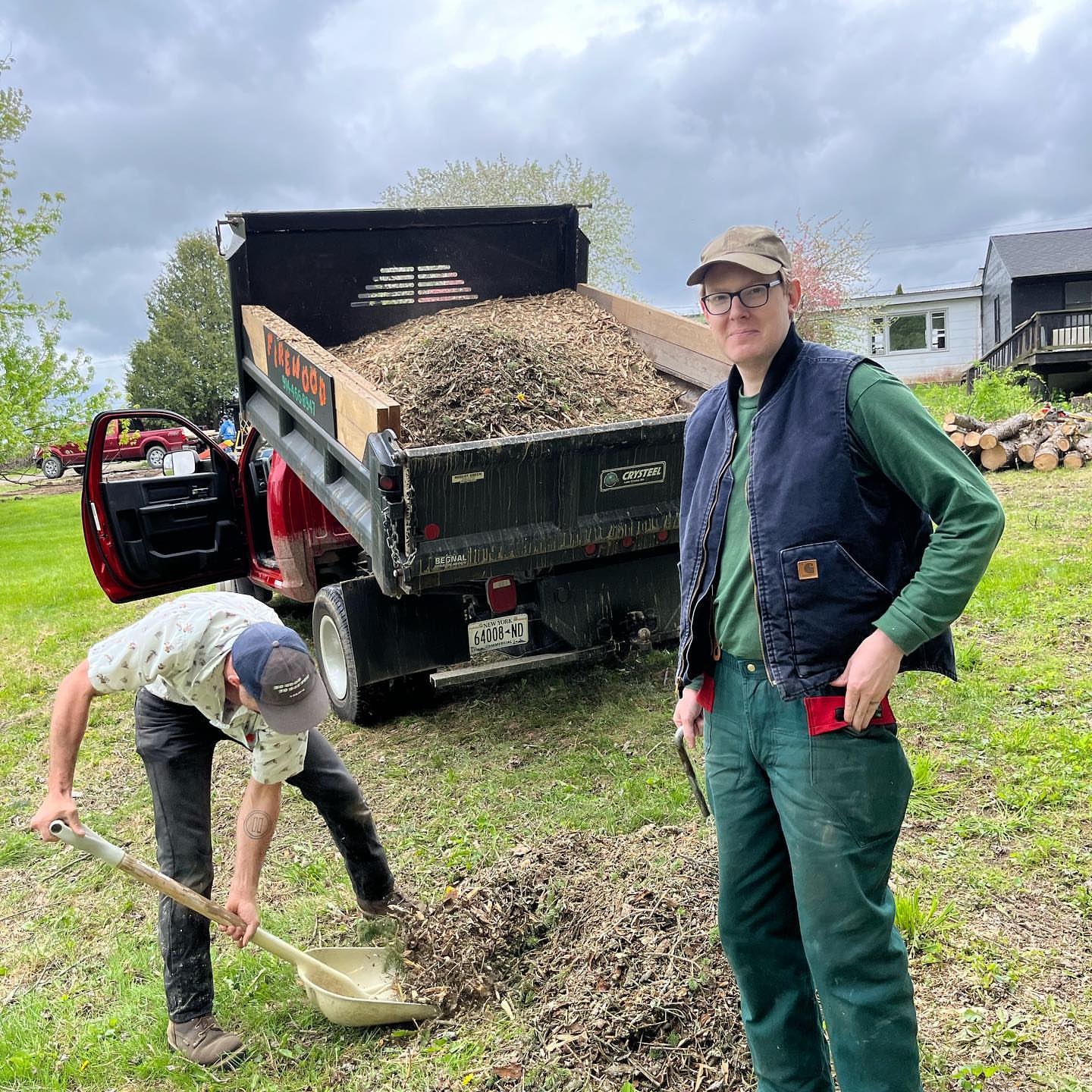



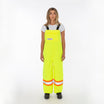








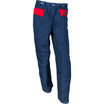




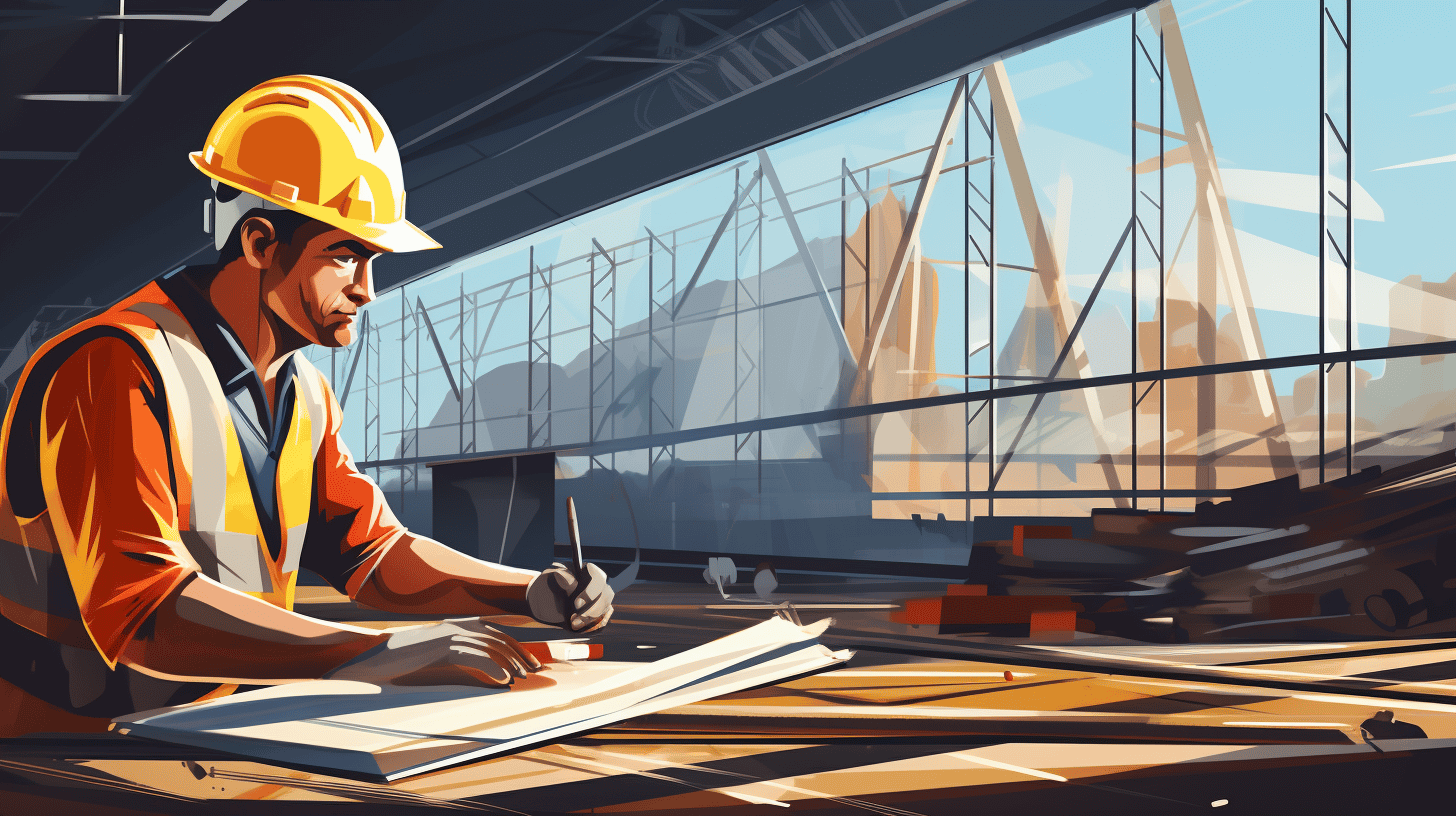


Leave a comment
This site is protected by hCaptcha and the hCaptcha Privacy Policy and Terms of Service apply.